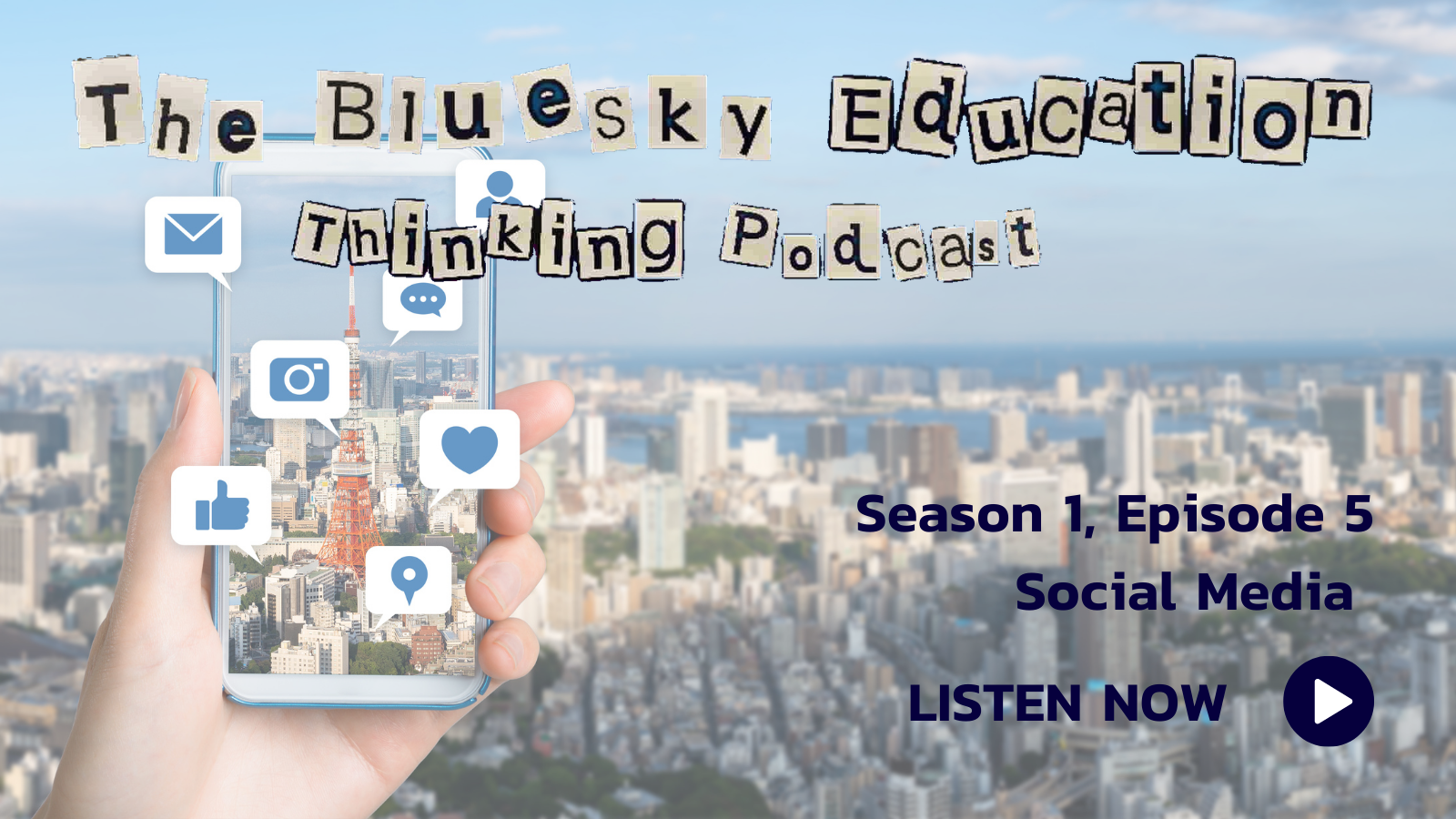Social media platform Twitter boasts over 330 million global users, and has quickly become the go to site for journalists, PRs and the general population, to view and share news. With around three quarters of journalists using Twitter every day and over 70% of them stating that Twitter is a valuable professional tool, it harnesses the potential to be a great platform for PRs to utilise, to the benefit of themselves and their clients.
However, with around 500 million tweets sent every day, it can be hard for PRs to really stand out from the crowd, and reap the full benefits of the social media platform. So, here are a few simple tips on how a PR professional should utilise Twitter.
Follow and engage with relevant journalists
With the majority of journalists regularly active on Twitter, it is the perfect place to connect with them – simply by engaging with their content. This is a great way to build a personal relationship with a journalist, by liking, replying and sharing your opinion on their tweets. This will strengthen the relationship between you and a journalist, making you more memorable - which is likely to make them look more favourably upon any stories and ideas that you decide to pitch to them.
You should also use the platform to keep tabs on the topics that specific journalists are writing on, which will help you understand exactly what stories will interest a journalist. If you regularly follow a journalist’s content, you are likely to know the specific topics they are interested in, and have previously written on, making it easier to tailor a pitch that is likely to catch their eye.
Nowadays, many journalists’ details are not in the public domain, making it hard to directly contact the relevant journalists personally when you have a story that is likely to interest them. However, you would struggle to find a journalist who does not use Twitter, making it a great platform to discover new journalists who you were previously unaware of, and giving you a new medium to pitch a story directly to a journalist who you previously were unable to connect with.
Share coverage
Using social media to share your coverage is a great way to increase its visibility and boost its readership. By sharing content on Twitter, it reaches a far greater audience, as opposed to only reaching the regular readers of the news outlet it is published in.
Tagging any interviewees and the publication in your tweet and encouraging them to share too not only gains more views, but also makes stakeholders aware of your efforts to achieve the best coverage possible, and also pleases journalists and editors, as you are attempting to drive more readers to their site. Sharing your coverage increases the positive relationships between you, your institution/clients and the publication.
Follow the news agenda
With 74% of Twitter users stating that it is their first source of news, the social media platform has arguably become the fastest, most popular and authentic way for people to view news stories and the debates surrounding them. Through viewing Twitter’s trending section, engagement on popular tweets and specific hashtags, it is easy to gauge which news stories are popular and are generating discussion and public interaction.
Viewing prominent tweets from news outlets also allows you to decipher which subjects they are reporting on, and the angle as to which they take. This will help in understanding which stories are likely to generate the most and best coverage, and which publications would be the best fit for your story.
Use it as your media database
Although many PRs have and use media databases like Gorkana or ResponseSource, where you can create media lists, pitch interviewees and respond to journalist requests, Twitter can also be used in the same way. On Twitter PRs should look to create relevant journalist lists either for the patch they write on or the publications they write for. This can be used to not only follow what they are talking about, but also as a reference for pitching an interviewee or idea to a specific, relevant journalist.
PRs should also be following Twitter pages like PRJournoRequest or Qwoted, and looking at the hashtag #journorequest – these platforms share journalists’ requests for very specific interviewees for the pieces they are writing. Following these accounts can add another string to your bow for securing reactive media coverage and engaging with journalists – it will allow you to secure even more coverage that likely wouldn’t have been possible through other media databases.
PRs must utilise the social media platform and all its benefits, in order to not only generate more coverage for their clients, but also to build and improve relationships with journalists, and create new opportunities for their clients.






